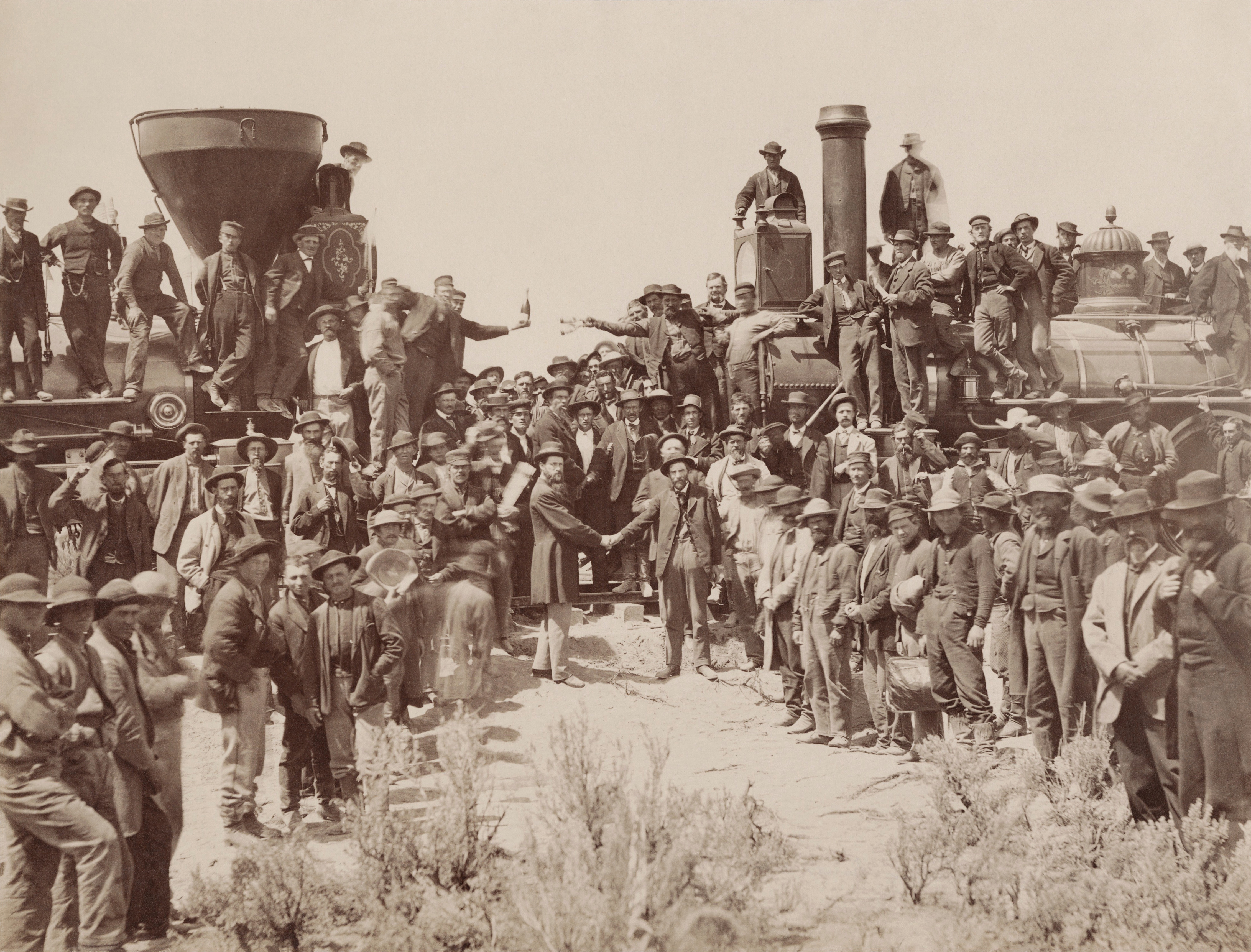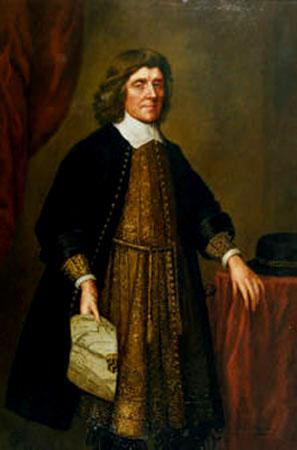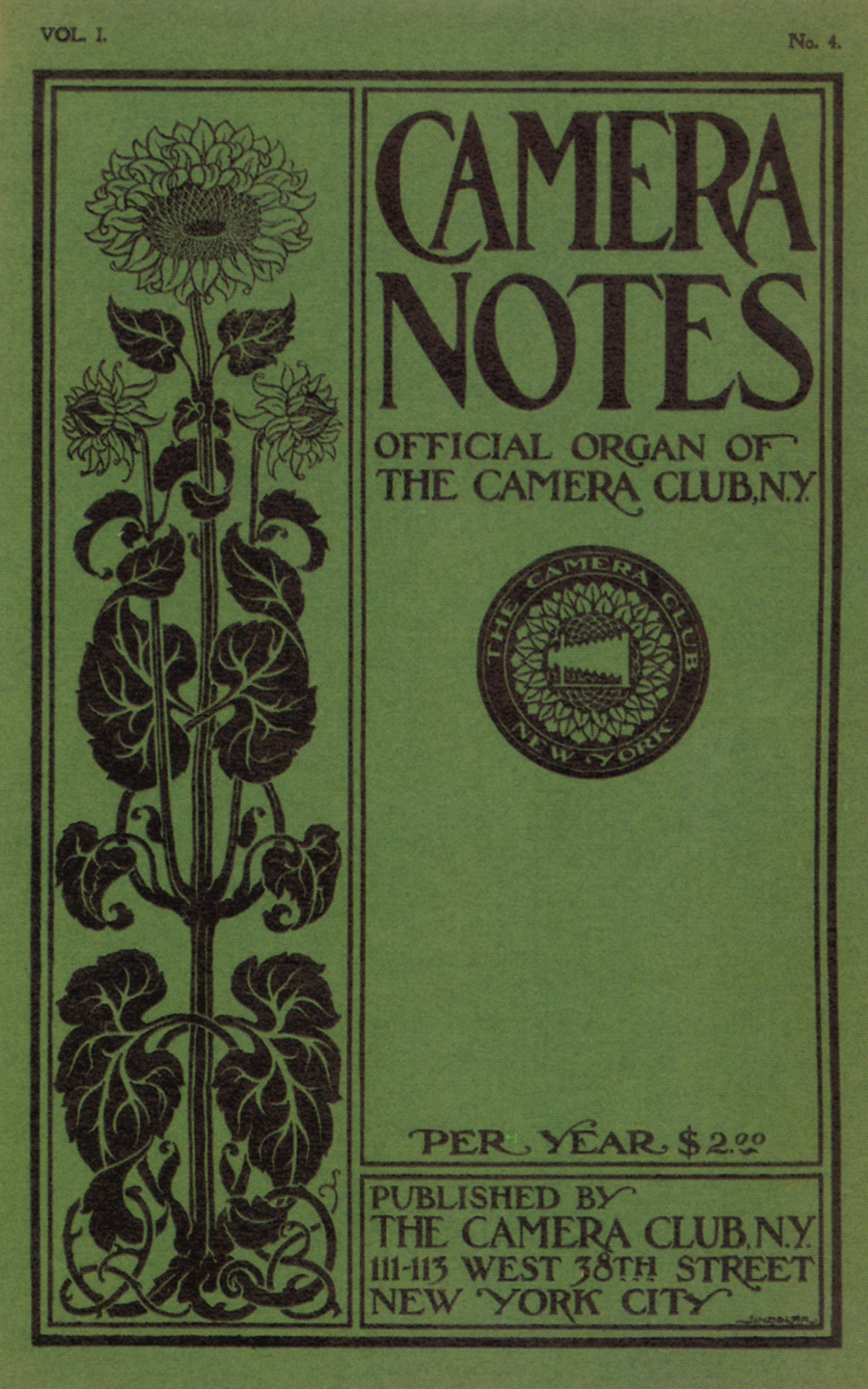|
Joseph Keiley
Joseph Turner Keiley (26 July 1869 – 21 January 1914) was an early 20th-century photographer, writer and art critic. He was a close associate of photographer Alfred Stieglitz and was one of the founding members of the Photo-Secession. Over the course of his life Keiley's photographs were exhibited in more than two dozen international exhibitions, and he achieved international acclaim for both his artistic style and his writing. Life Keiley was born in Maryland, the eldest of seven children born to John D. and Ellen Keiley. The family moved soon after his birth to Brooklyn, New York, where he grew up. Little is known about his childhood. He went to school in New York and became an attorney, founding the Manhattan law firm of Keiley & Haviland. He began photographing in the mid-1890s and met fellow New York photographer Gertrude Käsebier, who at that time was engaged in photographing American Indians who were performing in Buffalo Bill's Wild West Show. Keiley also photograph ... [...More Info...] [...Related Items...] OR: [Wikipedia] [Google] [Baidu] |
Gertrude Käsebier
Gertrude Käsebier (née Stanton; May 18, 1852 – October 12, 1934) was an American photographer. She was known for her images of motherhood, her portraits of Native Americans, and her promotion of photography as a career for women. Biography Early life (1852–1873) Käsebier was born Gertrude Stanton on May 18, 1852 in Fort Des Moines (now Des Moines, Iowa). Her mother was Muncy Boone Stanton. and her father was John W. Stanton. He transported a saw mill to Golden, Colorado at the start of the Pike's Peak Gold Rush of 1859, and he prospered from the building boom that followed. In 1860, eight-year-old Stanton traveled with her mother and younger brother to join her father in Colorado. That same year, her father was elected the first mayor of Golden, which was then the capital of the Colorado Territory. Her father died suddenly in 1864 and afterward the family moved to Brooklyn, New York, where her mother, Muncy Boone Stanton, opened a boarding house to support the family. ... [...More Info...] [...Related Items...] OR: [Wikipedia] [Google] [Baidu] |
Edward Steichen
Edward Jean Steichen (March 27, 1879 – March 25, 1973) was a Luxembourgish American photographer, painter, and curator, renowned as one of the most prolific and influential figures in the history of photography. Steichen was credited with transforming photography into an art form. His photographs appeared in Alfred Stieglitz's groundbreaking magazine '' Camera Work'' more often than anyone else during its publication run from 1903 to 1917. Stieglitz hailed him as "the greatest photographer that ever lived". As a pioneer of fashion photography, Steichen's gown images for the magazine ''Art et Décoration'' in 1911 were the first modern fashion photographs to be published. From 1923 to 1938, Steichen served as chief photographer for the Condé Nast magazines '' Vogue'' and '' Vanity Fair'', while also working for many advertising agencies, including J. Walter Thompson. During these years, Steichen was regarded as the most popular and highest-paid photographer in the world. ... [...More Info...] [...Related Items...] OR: [Wikipedia] [Google] [Baidu] |
Artists From Maryland
An artist is a person engaged in an activity related to creating art, practicing the arts, or demonstrating an art. The common usage in both everyday speech and academic discourse refers to a practitioner in the visual arts only. However, the term is also often used in the entertainment business, especially in a business context, for musicians and other performers (although less often for actors). "Artiste" (French for artist) is a variant used in English in this context, but this use has become rare. Use of the term "artist" to describe writers is valid, but less common, and mostly restricted to contexts like used in criticism. Dictionary definitions The ''Oxford English Dictionary'' defines the older broad meanings of the term "artist": * A learned person or Master of Arts. * One who pursues a practical science, traditionally medicine, astrology, alchemy, chemistry. * A follower of a pursuit in which skill comes by study or practice. * A follower of a manual art, such as ... [...More Info...] [...Related Items...] OR: [Wikipedia] [Google] [Baidu] |
1914 Deaths
This year saw the beginning of what became known as World War I, after Archduke Franz Ferdinand of Austria, heir to the Austrian throne was assassinated by Serbian nationalist Gavrilo Princip. It also saw the first airline to provide scheduled regular commercial passenger services with heavier-than-air aircraft, with the St. Petersburg–Tampa Airboat Line. Events January * January 1 – The St. Petersburg–Tampa Airboat Line in the United States starts services between St. Petersburg and Tampa, Florida, becoming the first airline to provide scheduled regular commercial passenger services with heavier-than-air aircraft, with Tony Jannus (the first federally-licensed pilot) conveying passengers in a Benoist XIV flying boat. Abram C. Pheil, mayor of St. Petersburg, is the first airline passenger, and over 3,000 people witness the first departure. * January 11 – The Sakurajima volcano in Japan begins to erupt, becoming effusive after a very large earthquake on ... [...More Info...] [...Related Items...] OR: [Wikipedia] [Google] [Baidu] |
1869 Births
Events January–March * January 3 – Abdur Rahman Khan is defeated at Tinah Khan, and exiled from Afghanistan. * January 5 – Scotland's oldest professional football team, Kilmarnock F.C., is founded. * January 20 – Elizabeth Cady Stanton is the first woman to testify before the United States Congress. * January 21 – The P.E.O. Sisterhood, a philanthropic educational organization for women, is founded at Iowa Wesleyan College in Mount Pleasant, Iowa. * January 27 – The Republic of Ezo is proclaimed on the northern Japanese island of Ezo (which will be renamed Hokkaidō on September 20) by remaining adherents to the Tokugawa shogunate. * February 5 – Prospectors in Moliagul, Victoria, Australia, discover the largest alluvial gold nugget ever found, known as the " Welcome Stranger". * February 20 – Ranavalona II, the Merina Queen of Madagascar, is baptized. * February 25 – The Iron and Steel Institute is form ... [...More Info...] [...Related Items...] OR: [Wikipedia] [Google] [Baidu] |
Bright's Disease
Bright's disease is a historical classification of kidney diseases that are described in modern medicine as acute or chronic nephritis. It was characterized by swelling and the presence of albumin in the urine, and was frequently accompanied by high blood pressure and heart disease. Signs and symptoms The symptoms and signs of Bright's disease were first described in 1827 by the English physician Richard Bright, after whom the disease was named. In his ''Reports of Medical Cases'', he described 25 cases of dropsy ( edema) which he attributed to kidney disease. Symptoms and signs included: inflammation of serous membranes, hemorrhages, apoplexy, convulsions, blindness and coma. Many of these cases were found to have albumin in their urine (detected by the spoon and candle-heat coagulation), and showed striking morbid changes of the kidneys at autopsy. The triad of dropsy, albumin in the urine, and kidney disease came to be regarded as characteristic of Bright's d ... [...More Info...] [...Related Items...] OR: [Wikipedia] [Google] [Baidu] |
Camera Work
''Camera Work'' was a quarterly photographic journal published by Alfred Stieglitz from 1903 to 1917. It presented high-quality photogravures by some of the most important photographers in the world, with the goal to establish photography as a fine art. It has been called "consummately intellectual", "by far the most beautiful of all photographic magazines", and "a portrait of an age n whichthe artistic sensibility of the nineteenth century was transformed into the artistic awareness of the present day." Background At the start of the 20th century Alfred Stieglitz was the single most important figure in American photography. He had been working for many years to raise the status of photography as a fine art by writing numerous articles, creating exhibitions, exhibiting his own work and, especially by trying to influence the artistic direction of the highly important Camera Club of New York. He was not successful in the latter, and as a result by the spring of 1902 he was both f ... [...More Info...] [...Related Items...] OR: [Wikipedia] [Google] [Baidu] |
National Arts Club
The National Arts Club is a 501(c)(3) nonprofit and members club on Gramercy Park, Manhattan, New York City. It was founded in 1898 by Charles DeKay, an art and literary critic of the ''New York Times'' to "stimulate, foster, and promote public interest in the arts and to educate the American people in the fine arts". The National Arts Club has several art galleries, and hosts a variety of public programs in all artistic areas including theater, literature and music. Although the club is private, many of its events are free and open to the public. Since 1906 the organization has occupied the Samuel J. Tilden House, a landmarked Victorian Gothic Revival"National Arts Club Designation Report" |
Platinum Prints
Platinum prints, also called ''platinotypes'', are photographic prints made by a monochrome printing process involving platinum. Platinum tones range from warm black, to reddish brown, to expanded mid-tone grays that are unobtainable in silver prints. Unlike the silver print process, platinum lies on the paper surface, while silver lies in a gelatin or albumen emulsion that coats the paper. As a result, since no gelatin emulsion is used, the final platinum image is absolutely matte with a deposit of platinum (and/or palladium, its sister element which is also used in most platinum photographs) absorbed slightly into the paper. Platinum prints are the most durable of all photographic processes. The platinum group metals are very stable against chemical reactions that might degrade the print—even more stable than gold. It is estimated that a platinum image, properly made, can last thousands of years. Some of the desirable characteristics of a platinum print include: * The ... [...More Info...] [...Related Items...] OR: [Wikipedia] [Google] [Baidu] |
Maryland
Maryland ( ) is a U.S. state, state in the Mid-Atlantic (United States), Mid-Atlantic region of the United States. It shares borders with Virginia, West Virginia, and the District of Columbia to its south and west; Pennsylvania to its north; and Delaware and the Atlantic Ocean to its east. Baltimore is the largest city in the state, and the capital is Annapolis, Maryland, Annapolis. Among its occasional nicknames are ''Maryland 400, Old Line State'', the ''Free State'', and the ''Chesapeake Bay State''. It is named after Henrietta Maria, the French-born queen of England, Scotland, and Ireland, who was known then in England as Mary. Before its coastline was explored by Europeans in the 16th century, Maryland was inhabited by several groups of Native Americans – mostly by Algonquian peoples and, to a lesser degree, Iroquoian peoples, Iroquoian and Siouan languages, Siouan. As one of the original Thirteen Colonies of England, Maryland was founded by George Calvert, 1st Baron Ba ... [...More Info...] [...Related Items...] OR: [Wikipedia] [Google] [Baidu] |
Camera Notes
''Camera Notes'' was a photographic journal published by the Camera Club of New York from 1897 to 1903. It was edited for most of that time by photographer Alfred Stieglitz and was considered the most significant American photography journal of its time. It is valuable today both as a record of photographic aesthetics of the time and for its many high-quality photogravures by photographers such as Stieglitz, James Craig Annan, F. Holland Day, Robert Demachy, Frances Benjamin Johnston, Gertrude Kasebier and Clarence H. White. Background In September, 1894, Alfred Stieglitz returned to New York after an extended tour in Europe. He found both the quality and quantity of what he considered to be artistic photography, such as that promoted by the Linked Ring in Britain, was much greater in Europe than in the United States, and he was determined to do something to advance fine art photography in America. He turned to the two major photographic clubs in New York, the Society of Ama ... [...More Info...] [...Related Items...] OR: [Wikipedia] [Google] [Baidu] |
Pictorialism
Pictorialism is an international style and aesthetic movement that dominated photography during the later 19th and early 20th centuries. There is no standard definition of the term, but in general it refers to a style in which the photographer has somehow manipulated what would otherwise be a straightforward photograph as a means of creating an image rather than simply recording it. Typically, a pictorial photograph appears to lack a sharp focus (some more so than others), is printed in one or more colors other than black-and-white (ranging from warm brown to deep blue) and may have visible brush strokes or other manipulation of the surface. For the pictorialist, a photograph, like a painting, drawing or engraving, was a way of projecting an emotional intent into the viewer's realm of imagination. Pictorialism as a movement thrived from about 1885 to 1915, although it was still being promoted by some as late as the 1940s. It began in response to claims that a photograph was nothin ... [...More Info...] [...Related Items...] OR: [Wikipedia] [Google] [Baidu] |



.jpg)



